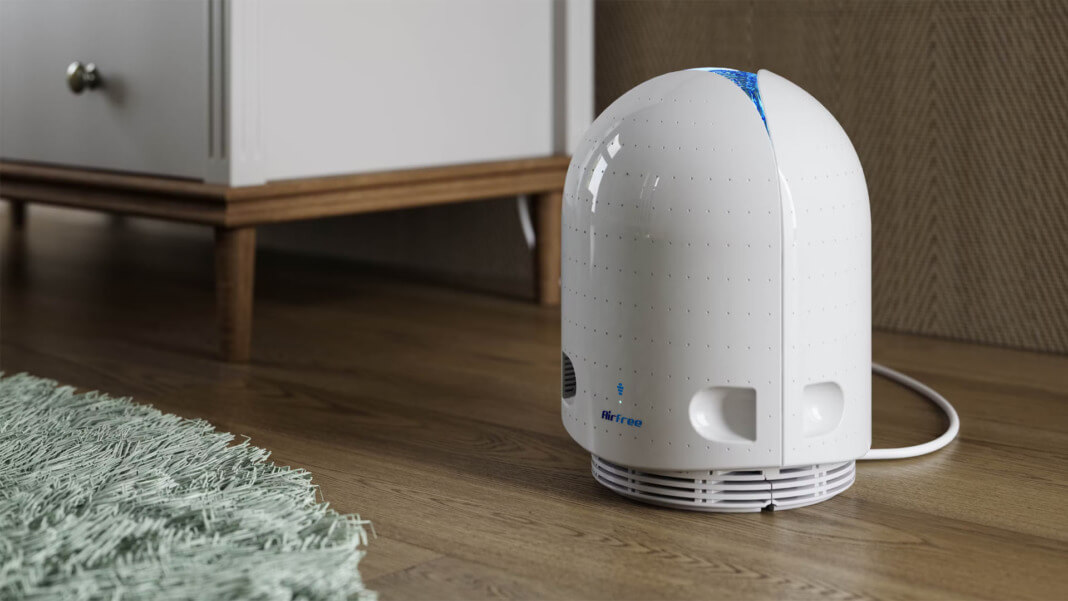If you are not that familiar with chatbots or just want to know the trends for 2022, this is the article for you. Chatbots are very useful, and many businesses are already taking advantage of this technology. There are many tools that can help you create your chatbot, customize it, use AI to make it smarter, and much more. As with anything in the marketing field, chatbots evolve, and new trends emerge. Keep reading to find out more about this communication option and what’s next for it in 2022.
What is a chatbot?
A chatbot is a tool used to lead a conversation with your potential or existing customers on your site, in your product, support tool, etc. As you can guess, the chatbot is doing that through a chat-like conversation. The chatbot’s goal will depend on your business and what you would like it to do. Some of the most common uses are answering questions, collecting information for issues, or providing technical support.
Since this is a bot, it can easily handle many conversations at once. Also, it provides answers quite quickly. However, those answers are not always the best ones since they are predetermined and can’t be highly customized in most cases. Even chatbots using AI are not perfect, but humans aren’t either.
How does a chatbot work?
There are different types of chatbots and many companies that offer such tools. Most of them work on the logic of offering pre-programmed answers to questions asked by the customers. Those are the rule-based ones. Another type is the AI chatbots which can provide a bit more personalization. Let’s have a look at the two types and how they work.
Rule-based chatbots
Those are still the more popular chatbots that work on the base of commands, keywords, and rules. They are not good at improvising. They follow strict rules and scenarios without the possibility to customize them in the middle of a conversation.
If you are using a rule-based chatbot, you will have to determine the rules in the beginning and implement them. Those rules you can base on the experience you have already with the human customer support you offer. You can determine which are the easiest and most common questions that your chatbot can handle without the need for human help. Such easy tasks can be requests for changing a password, what are the subscription plans you have, how to change a billing method, etc.
So, basically, if someone is asking, “Can I pay with a credit card” your chatbot can reply, “Yes, you can pay with a MasterCard or Visa credit card. Here is an article on how to do so.” The chatbot will detect the keywords like “pay” and “credit card” and will send the reply you predefined based on that. However, if the customer doesn’t use a keyword your chatbot recognizes, it will ask the customer to rephrase the question until it can understand it.
Rule-based chatbots are not like AI ones, and they can’t adapt and use previous conversations to learn from. The way to improve it would be for you to define more rules and add more possible answers.
AI chatbots
This type of chatbot is, let’s say, brighter and can make decisions and lead conversations by itself. They use machine learning, natural language processing, and sentiment analysis to come up with the best answer for a customer’s message.
- Machine learning will help the chatbot learn from previous chats, adapt its answers, make decisions, and be way more flexible.
- Natural language processing is the technology used to make you feel like you communicate with a real person and not a bot. It allows the bot to understand how people communicate and the best way to answer. It will detect spelling mistakes, jargon, synonyms, the incorrect structure of the sentence, etc.
- Sentiment analysis will help detect and understand emotions. For example, it will be able to determine if the customer is annoyed or angry and answer suitably.
In the beginning, the setup is more or less the same as rule-based chatbots — you need to provide them with a set of predefined answers and a way for them to determine which one to give and when. However, once you have done that and the chat is operational, it will learn by itself and improve its answers. This is why AI chatbots are smarter and better if you want to mechanize an even bigger part of your support.
Main uses of chatbots
Both types of chatbots can be used for various purposes like marketing, support, sales, demo, guides, etc. Depending on the purpose and how advanced you would like the answers, you should go with a rule-based or AI chatbot. If you have the time to invest in the setup and provide many rules and possible responses, there are basically no limitations for what you can do with your chatbot.
The chatbot guide for 2022
If you still haven’t used chatbots, 2022 is the year to start. You can choose from many tools to use, and each will offer you great functionalities. Using such a tool will facilitate your work tremendously and make it more efficient. But you shouldn’t use only the basic functions. You can take advantage of any of the following trends for 2022 to make your chatbot even better.
Natural conversational chatbot
People will know you are using a chatbot, but it doesn’t mean it needs to sound like a robot. No matter which of the two types of bots you use, try to make the answers sound natural. Don’t use the same predefined answers all the time or even try to put some jokes inside. Like this, it will be visible you use a bot, but you put some effort behind it.
Rich media chatbots
When we chat with friends, we use emojis, GIFs, images, etc. Why shouldn’t we do the same with chatbots, and they can reply the same way? Rich media chatbots are doing precisely that. You can add different media in your answers. For example, if the customer is contacting you for a technical issue and you know it will take time to resolve it, you can predefine an answer that uses a sad emoji or a GIF.
Payment-enabled chatbots
Chatbots are very popular for support purposes, but this is not the only use of marketing chatbots. You can use them also for so much more, and one of those purposes can be payments. It can be something simple, like guiding a person through the process with the right messages or offering an integrated payment. It is a perfect way to encourage sales without the need for the customer to leave the chat.
Improved user experience after a purchase
If you enable the customer to make purchases in the chatbot (or even if you don’t), why not customize their experience and messaging after that too? You can provide delivery details or steps on starting using a product. Sending follow-up messages to enrich the customer experience and follow them through their journey will be appreciated.
Multichannel chatbots
If you offer the possibility to take a conversation that started, for example, on your Facebook page and continue it on your site, rest assured your customers will be more than happy. They won’t need to repeat everything if the chat is continued on a different platform. Also, you will be able to save the history of the conversations with each client in one place and not have to look for the chats of John Smith on Facebook, Instagram, your site, and many other places.
Final thoughts on chatbots future
There is much more to expect from marketing chatbots, for sure. With the advancement of technology, especially AI and machine learning, perhaps soon we won’t notice the difference between chat support with a real person or a chatbot. The marketing uses of the chats will be expanded even more, and it will become an irreplaceable tool for every business. Don’t wait and take advantage of chatbots right away and follow the trends for 2022 to guarantee your success.





